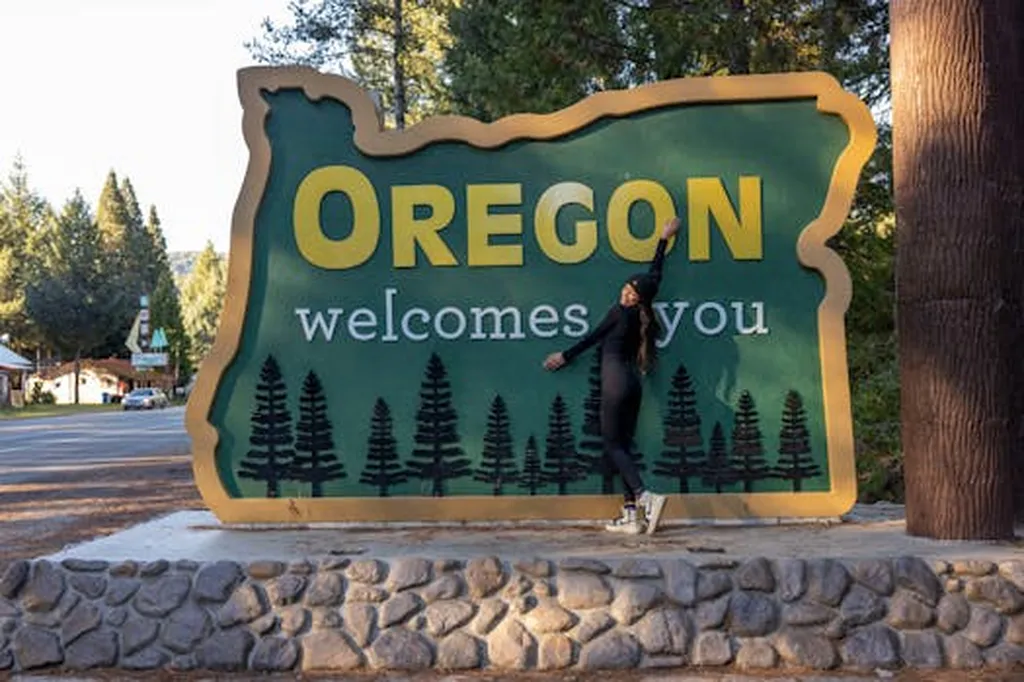In the heart of western Oregon, a groundbreaking study is reshaping how we monitor and manage our forests. Sercan Gülci, a researcher from the Department of Forest Engineering at Kahramanmaras Sutcu Imam University in Turkey, has harnessed the power of machine learning and satellite imagery to create highly accurate land use and land cover (LULC) maps. Published in the journal *Geomatics* (which translates to “Geomatics” in English), this research could have significant implications for the energy sector and landscape management.
Gülci’s study leverages Google Earth Engine (GEE), a cloud-based computing platform, to analyze Sentinel-2 satellite imagery and Shuttle Radar Topography Mission (SRTM) elevation data. The goal? To classify and map different land cover types with unprecedented accuracy. “The combination of vegetation difference indices with elevation data was successful in determining the areas where clear-cutting occurred in the forest,” Gülci explains. This level of detail is crucial for effective forest management and can help identify areas affected by storms, wind damage, insect defoliation, fire, and other management activities.
The study employed two machine learning techniques: Random Forest (RF) and Classification and Regression Trees (CART). The results were impressive. The RF classifier achieved an accuracy of 98% and a kappa value of 0.97, while CART followed closely with an accuracy of 95% and a kappa value of 0.94. These high accuracy rates were further validated using 500 independent reference points, with the RF classifier achieving an overall accuracy of 92% and a kappa coefficient of 0.90.
So, what does this mean for the energy sector? Accurate LULC mapping is essential for sustainable forest management, which in turn supports the energy sector’s reliance on biomass and other forest-derived resources. By identifying clear-cut sites and other disturbances, energy companies can better plan their operations, ensuring a steady supply of raw materials while minimizing environmental impact.
Gülci’s research also highlights the potential of cloud-based computing platforms like GEE. “The GEE and RF classifier can help identify and map storm damage, wind damage, insect defoliation, fire, and management activities in forest areas,” Gülci notes. This capability is invaluable for real-time monitoring and rapid response, which can save costs and reduce environmental damage.
As we look to the future, the integration of machine learning and satellite imagery in forest management is set to revolutionize the field. Gülci’s work is a testament to the power of these technologies and their potential to shape the future of landscape management. With further advancements, we can expect even more accurate and detailed LULC maps, paving the way for sustainable and efficient forest management practices.
In the words of Gülci, “Our results present a promising technique for the detection of forests and forest openings, which was helpful in identifying clear-cut sites.” This promising technique could very well be the key to unlocking a new era of precision forestry and sustainable energy production.

